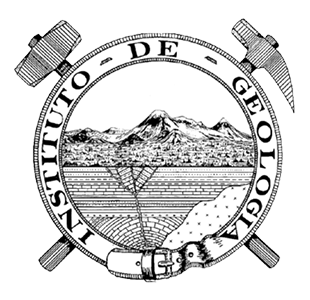Abstract
Trace metal accumulation in water, sediments and organisms is a major environmental concern because of the many adverse effects of heavy metals on human health. The rapid industriali- zation that has occurred over the last century highlights the significance and urgency to understand the historic records and effects of trace metals on the environment.
We document the occurrence of trace metals and, for the first time, the presence of rare earth elements (except Ce) in ostracode valves from three sites of varying contamination levels, including the S'Albufera des Grau lagoon, Menorca Island, Spain, Lee Stocking Island, Bahamas and Tamiahua Lagoon, Mexico. Two of these sites are modern (Mexico and Spain) and the other includes historic and sub–fossil specimens (Bahamas). The elements reported in this study were determined by ICP–MS adjusted for detection limits of 1 ngDkg-1. Most heavy metals in ostracode valves show well–defined distribution patterns for unpolluted and polluted conditions. Unexpectedly, Cd and Pb did not show differences between the two conditions. Rare earth elements, in contrast, show a strong affinity with Mn in ostracode valves suggesting anthropogenically–induced accumulation in polluted environments.
These results indicate that ostracode shell chemistry may be used to reconstruct historic records, via cores or sub–fossil material, of pollution of marine and terrestrial aquatic environ- ments.

This work is licensed under a Creative Commons Attribution 4.0 International License.








